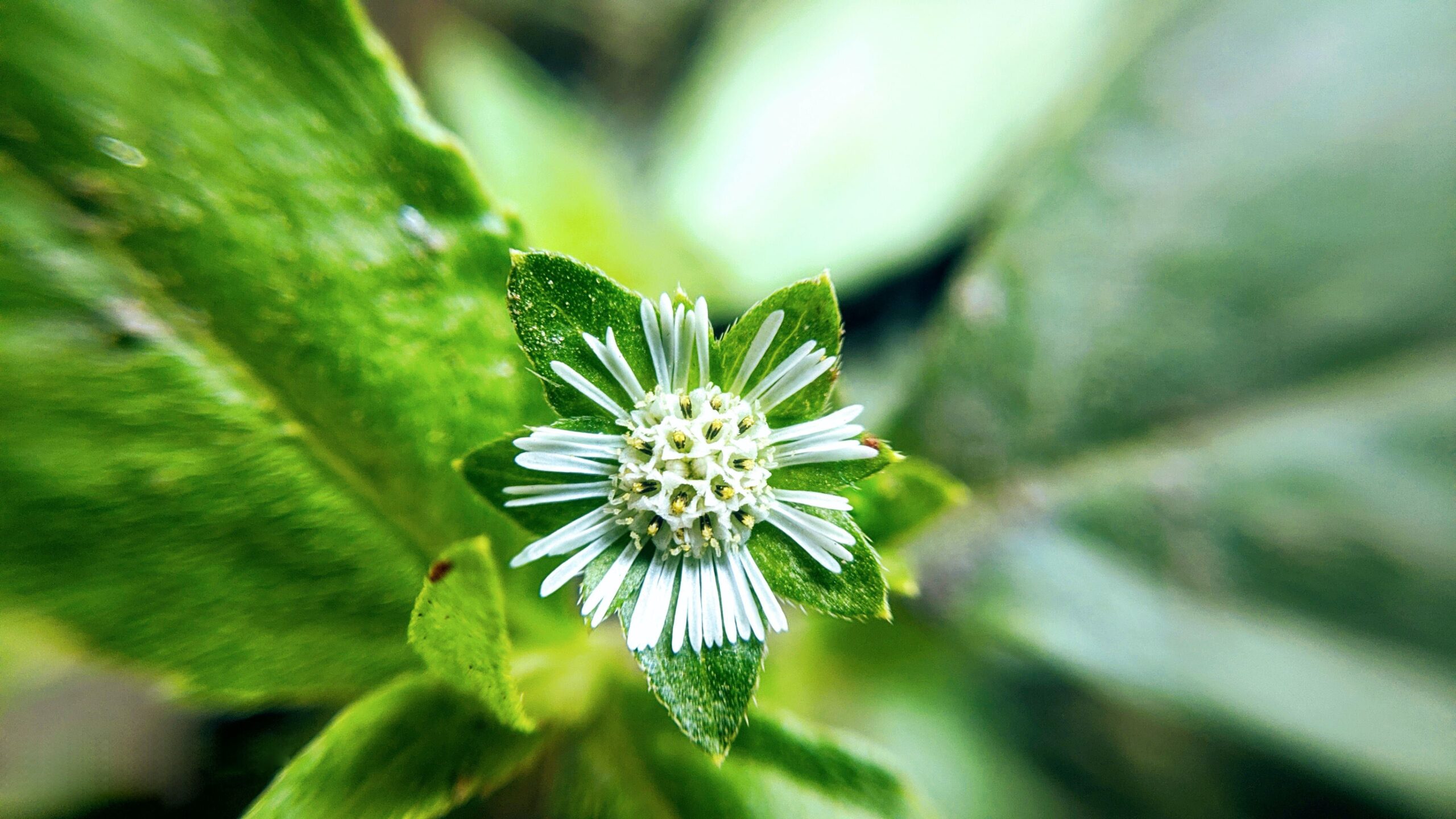Last Updated on: 17th September 2023, 11:02 pm
Traditional hair dyes weren’t developed until Eugène Schueller, the founder of L’Oréal, created the first synthetic hair dye during the 1900s. And it wasn’t until they discovered the reaction of p-Phenylenediamine, a chemical used in creating polymers, and Kevlar, when it came into contact with the air that they realized it could be used as a component in hair dyes.
But before that, if you wanted to dye your natural shade with a different color, you’d usually have to go with an organic hair dye that you’ll have to make yourself.
So let’s see what other ingredients we can use, eh? – One that’s free from harsh chemicals commonly found in traditional hair dyes like ammonia resorcinol, peroxides, and other synthetic ingredients that can damage the hair.
Here are the natural ingredients used in organic hair dye that you’ve never heard of before.
Natural ingredients
Organic Hair Dye Ingredient # 1: Madder (Rubia cordifolia)
Sometimes called Indian Madder or Common Madder, this plant has been widely used since ancient times as the source of red dye.
The red pigment is extracted from the dried and pulverized roots of the plant, and it is a staple in Ayurvedic medicine for maintaining the health of one’s digestive system.
As a herbal hair care product, it offers anti-aging and anti-fungal properties, and it boasts of a purifying effect that makes it effective for getting rid of dandruff and making the hair soft and shiny. It’s also widely used as an ingredient in other cosmetic products like lipsticks.
It’s traditionally used along with henna to boost the redness of the hair dye formula, and the color intensity depends on the amount of madder used in the formulation.
This can be used as a permanent hair dye, or as a semi-permanent one.
Organic Hair Dye Ingredient # 2: Walnut Shells
This ingredient is used as a natural hair dye, mainly because the shells of walnuts contain Juglone, a coloring agent similar to Lawsone, which is a coloring agent typically found in herbal hair coloring dyes. This can also be found in the leaves of the walnut tree, although it is mostly sourced from the shells.
Walnut shells have been a widely used natural hair dye ingredient since ancient times because it’s able to create a natural-looking, brown hair color which was used to cover up one’s gray hairs. In ancient Rome, the Romans would soak the walnut shells in olive oil to create their own hair dye solution, which they applied to their hair whenever they noticed gray strands sticking out.
To this day, there are still people using this as a DIY natural hair dye that they can easily use at home. The great thing about using this ingredient is that it has antibacterial properties, and it is helpful and supportive to those with sensitive scalps prone to itching and sunburns. It’s also able to prevent further hair loss.
This ingredient can only be used as a semi-permanent hair dye, however, as it fades after a few washes.
In ancient Rome, the Romans would soak walnut shells in olive oil to create their own hair dye solution.
Organic Hair Dye Ingredient # 3: False Daisy (Eclipita Alba)
Another ingredient to use as a natural hair dye is the False Daisy, also known as Bhringraj. Mainly found in India, (although it can be found in other parts of Asia as well) this plant is widely used for darkening the hair. The hair dye is usually extracted from the juices of a fresh plant, typically from the leaves, but other parts are used as well.
It usually comes in oil form, and it’s also used as a hair tonic and a hair conditioning agent. Brands like Saba Botanical use this ingredient in one of their hair conditioning products, as well as their henna natural dyes.
Like many of the ingredients previously listed here, it has antifungal and antibacterial properties, and it also prevents hair loss and helps in improving the growth of the hair. On top of that, it also helps prevent the early onset of gray hair, making it a versatile ingredient for a hair dye.






